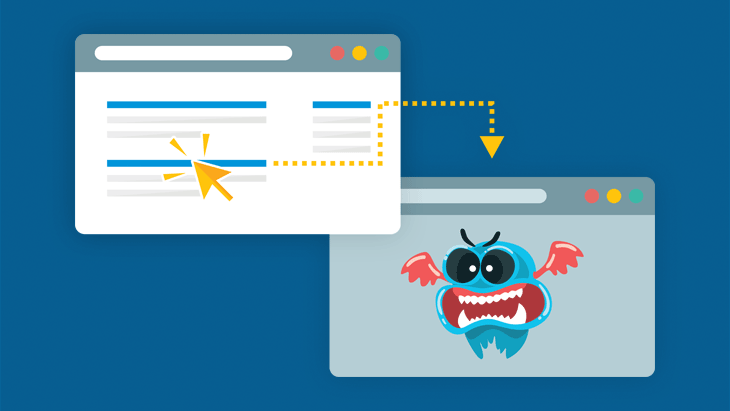

- HOW DO I CHECK FOR MALWARE ON MY PC PDF
- HOW DO I CHECK FOR MALWARE ON MY PC INSTALL
- HOW DO I CHECK FOR MALWARE ON MY PC PATCH
- HOW DO I CHECK FOR MALWARE ON MY PC UPGRADE
- HOW DO I CHECK FOR MALWARE ON MY PC WINDOWS 10
Although UAC helps limit the privileges of admin users, users can override this restriction when prompted. This means that by limiting account privileges, you can prevent malware from making consequential changes any devices.īy default, Windows uses User Account Control (UAC) to provide automatic, granular control of privileges-it temporarily restricts privileges and prompts the active user every time an application attempts to make potentially consequential changes to the system. Use a non-administrator accountĪt the time they are launched, whether inadvertently by a user or automatically, most malware run under the same privileges as the active user.
HOW DO I CHECK FOR MALWARE ON MY PC PDF
Avoid opening unfamiliar files you find on suspect drives, including Office and PDF documents and executable files. If a drive has been used in publicly accessible devices, like computers in a café or a library, make sure you have antimalware running on your computer before you use the drive. Only use removable drives that you are familiar with or that come from a trusted source. There are malicious individuals that intentionally prepare and distribute infected drives by leaving them in public places for unsuspecting individuals. Some types of malware spread by copying themselves to USB flash drives or other removable drives.
HOW DO I CHECK FOR MALWARE ON MY PC WINDOWS 10
Consider running a streamlined OS such as Windows 10 Pro SKU S Mode, which ensures that only vetted apps from the Windows Store are installed. To stay safe, download movies, music, and apps from official publisher websites or stores. Users do not openly discuss visits to these sites, so any untoward experience are more likely to stay unreported. Sometimes pirated software is bundled with malware and other unwanted software when downloaded, including intrusive browser plugins and adware. Sites that offer pirated software and media are also often used to distribute malware when the site is visited. Using pirated content is not only illegal, it can also expose your device to malware. You can also report unsafe sites directly to Microsoft. If you encounter an unsafe site, click More > Send feedback on Microsoft Edge. To block malicious websites, use a modern web browser like Microsoft Edge that identifies phishing and malware websites and checks downloads for malware. Sites that aggressively open popups and display misleading buttons often trick users into accepting content through constant popups or mislabeled buttons. com, the site you are visiting is suspect. For example, malicious sites commonly use domain names that swap the letter O with a zero (0) or the letters L and I with a one (1). The initial part (domain) of a website address should represent the company that owns the site you are visiting. To identify potentially harmful websites, keep the following in mind:
HOW DO I CHECK FOR MALWARE ON MY PC INSTALL
See exploits and exploit kits as an example of how some of these sites can automatically install malware to visiting computers. When you visit malicious or compromised sites, your device can get infected with malware automatically or you can get tricked into downloading and installing malware. Watch out for malicious or compromised websites Microsoft Office 365 has built-in antimalware, link protection, and spam filtering.įor more information, see phishing.

Some emails give instructions to allow macros or other executable content designed to make it easier for malware to infect your devices. Attachments or links in messages can open malware directly or can stealthily trigger a download. Be wary of links and attachmentsĮmail and other messaging tools are a few of the most common ways your device can get infected.
HOW DO I CHECK FOR MALWARE ON MY PC UPGRADE
Also, upgrade to the latest version of Windows to benefit from a host of built-in security enhancements.


To keep Microsoft software up to date, ensure that automatic Microsoft Updates are enabled.
HOW DO I CHECK FOR MALWARE ON MY PC PATCH
Software updates patch vulnerabilities so they aren't available to exploits anymore. Keep software up to dateĮxploits typically use vulnerabilities in popular software such as web browsers, Java, Adobe Flash Player, and Microsoft Office to infect devices. Follow the tips below to stay protected and minimize threats to your data and accounts. Malware authors are always looking for new ways to infect computers.


 0 kommentar(er)
0 kommentar(er)
